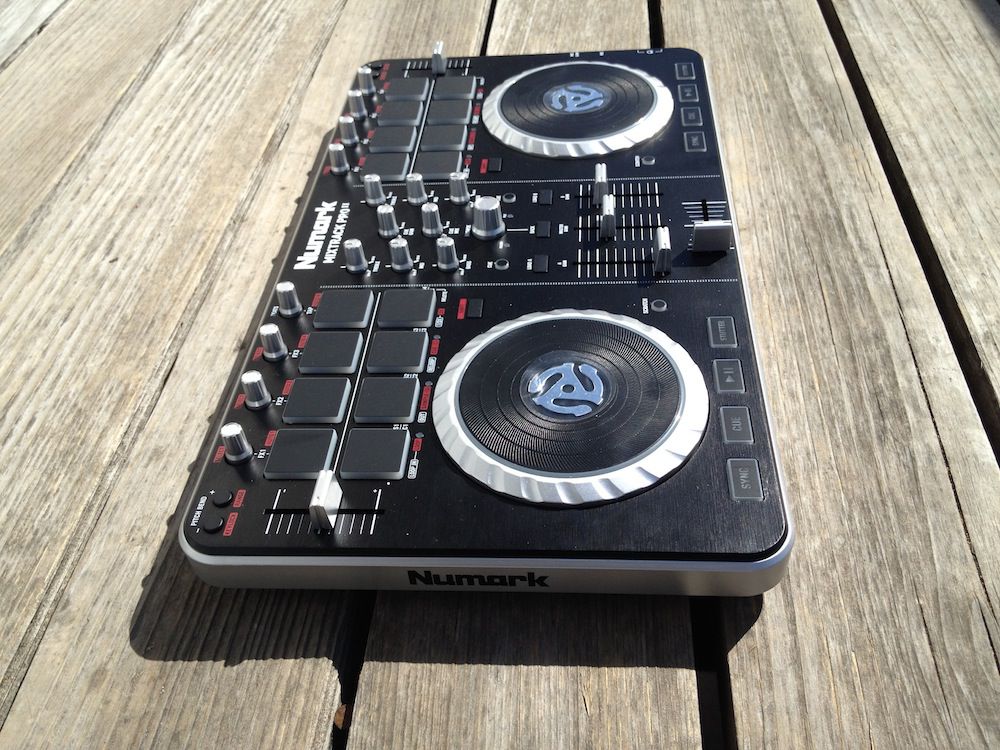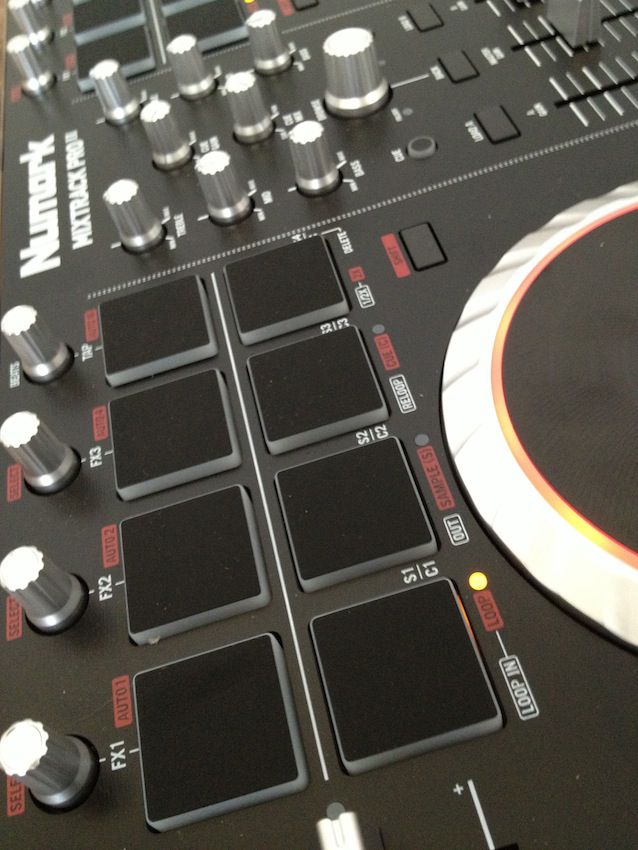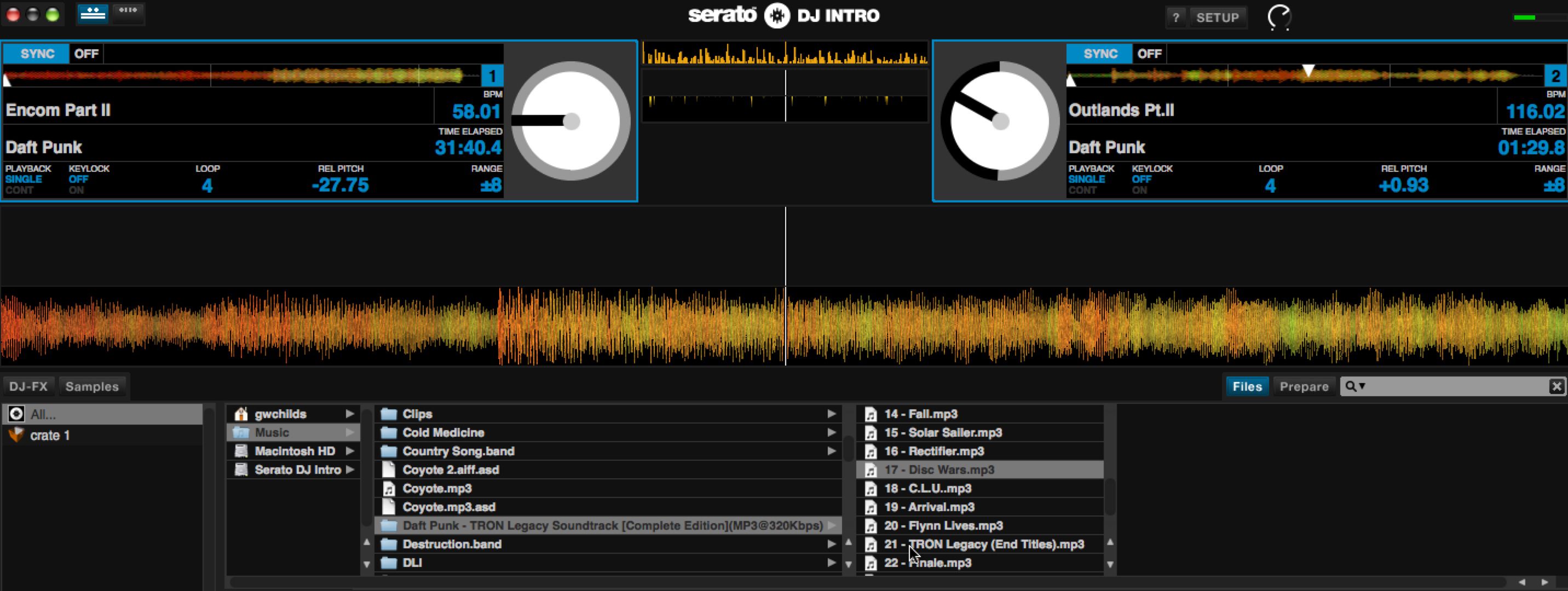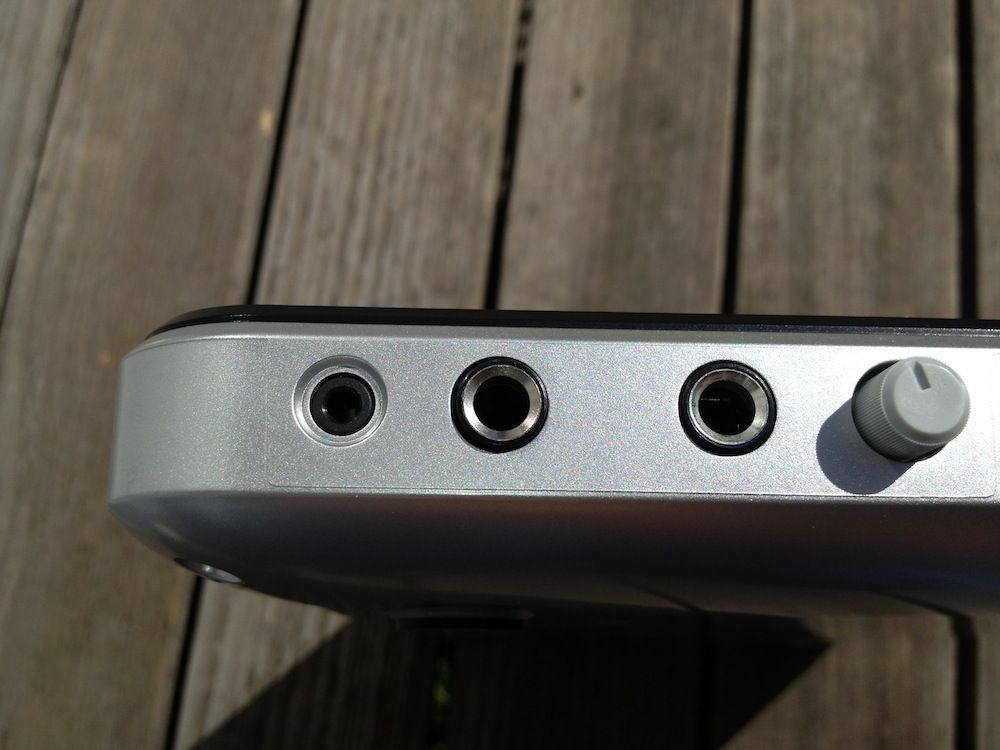I'll admit, at one point I really felt sorry for anyone who wanted to get into DJing. Really, it was one of those things that required a sizable investment, but had the same promise of payback that most everything else in music has... not much! Seriously, it's not the same as learning to play piano, or saxophone, or guitar. With instruments of this type, it can be as simple as paying a few hundred dollars, and that's it. When it comes to DJing, it means constantly purchasing music, having to buy speakers, headphones, mics, and so on.
Note how I'm referring to DJing as doing something instrumentally. Yes, I do actually see it that way. The act of DJing has evolved very much from playing records for people, while they drink their sodas, and eat pie. Modern DJing requires the learning of crossfading, sample usage, effects usage... It's no wonder that so many DJs segue into actual music creation and production. Seriously, if you tackle DJing, you've already got a pretty firm understanding of mixing, producing, sampling, effects and timing.
Thankfully, the price is no longer as high as it was to begin. Numark has released a new device known as the Mixtrack Pro II which does an amazing job of buffering the price to begin into the direction of the DJ-to-be. It really could offer something nice to the experienced DJ, to boot. So, how did they do?
Build Quality
I have to say that I'm charmed by the design and sleekness of the Mixtrack Pro II. Unlike many of the DJ devices I've spent time with, the Mixtrack Pro II is highly portable, while still incorporating features that every DJ needs. I'm just so surprised how thin it is. The only thing that adds much dimension to it would be the knobs and faders. And, I'm happy to report that the encoders, buttons, platters, faders and crossfaders feel wonderful, and solid. Granted, the crossfader is supposed to feel loose, and Numark hasn't failed you there either. The crossfader accommodates the nudges and smooth transitions you'd expect. It's loose, but feels really grounded.
I'm particularly impressed with the pads that are located near the top of the Mixtrack Pro II. Each pad feels rugged and gives the impression that they could take some abuse. They are very similar to the old Roland R8 pads, and this is a big win for me, as I loved that drum machine. While the pads aren't necessarily designed to do what the R8 did, and that's good, they do very well for what they are intended, and have multiple functions.
The top row's main job is managing FX, the bottom row is primarily for setting up sample loops. These functions work wonderfully and seamlessly with the supplied software. As a matter of fact, when you're using the entire unit, it really feels more like hardware than software. Plus, the browse functionality that is embodied in the Browse functionality of the hardware really does a wonderful job of allowing you to select your next tracks, without having to even touch the laptop.
Software
Installing the software threw me off a little, at first. And, I'll admit, I felt like an idiot, considering that I'm a really big fan of the whole movement to keep the software off of the CDs, and kept online. This ensures that you get the latest version, rather than the two year old version that was on the CD. And, with getting the newest version, you can ensure that you don't have to experience the heinous bugs that usually ship with first rev software. With that rant out of the way, let me tell you about my experience.
Sadly, the setup instructions for Serato were missing in my box. This could be because I'm using a review unit, so I'll let this slip. Once my editor gave me the sage advice to go to the website and download the software, things were more than smooth. I simply installed the software and connected the unit. It was actually a little magical, and that's not something you'll hear someone that reviews hardware regularly say.
Serato DJ Intro is the included package for the Numark Mixtrack Pro II, and as limited as that might sound, you could easily DJ a show with it, and swear that you “don't know what you would've done without it”. You have fx, looping, stuttering, 2X sample playback, to give you that nice granular stutter, and so much more. And, what's fascinating is that I had achieved all of these features and a set, within the first couple of minutes of using the software... And, I've never used it before. I've always been a Traktor guy, so this was a really great spotlight of the Serato software, for me.
As I've never used the full version of Serato, I'll admit that I'm extremely interested in seeing how it would be, as what comes in Intro is so full featured.
Was there any other setup? Any problems? Really, I wish that I could say there were. There just weren't. It was literally:
- Download the software.
- Run the software.
- Connect the Mixtrack Pro II to the laptop.
- Start playing music.
Other Goodies
The Mixtrack Pro II has two headphone outputs, a mic input (with independent mic gain) and dedicated RCA stereo outputs. How do they sound? Really, really good. This is especially true for a device that is in the $300 price range.
Conclusion
Most of the time, in music hardware and software, you get what you pay for. In all my years of being in this area of interest, it's been very rare that I've run across an item that encapsulates 'bang for your buck' the way that this product does. I would recommend this to my brother, if he were to decide he wanted to start DJing. As I'm from Texas, well he'll probably continue to do a bunch of hunting and fishing... Leaving me to be the nerdy one in the family.







 © 2024 Ask.Audio
A NonLinear Educating Company
© 2024 Ask.Audio
A NonLinear Educating Company
Discussion
Want to join the discussion?
Create an account or login to get started!